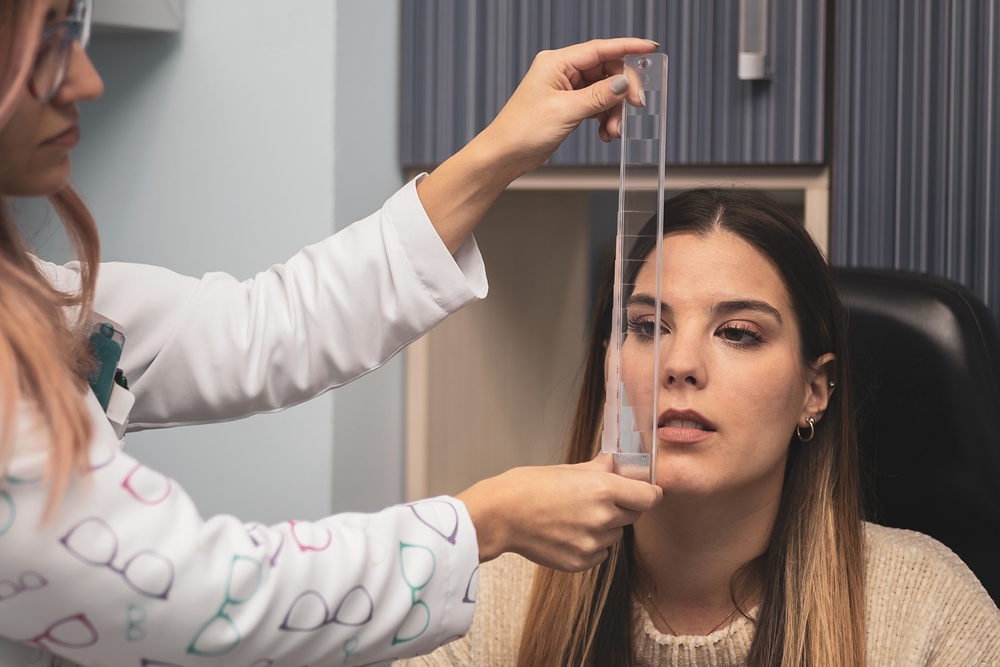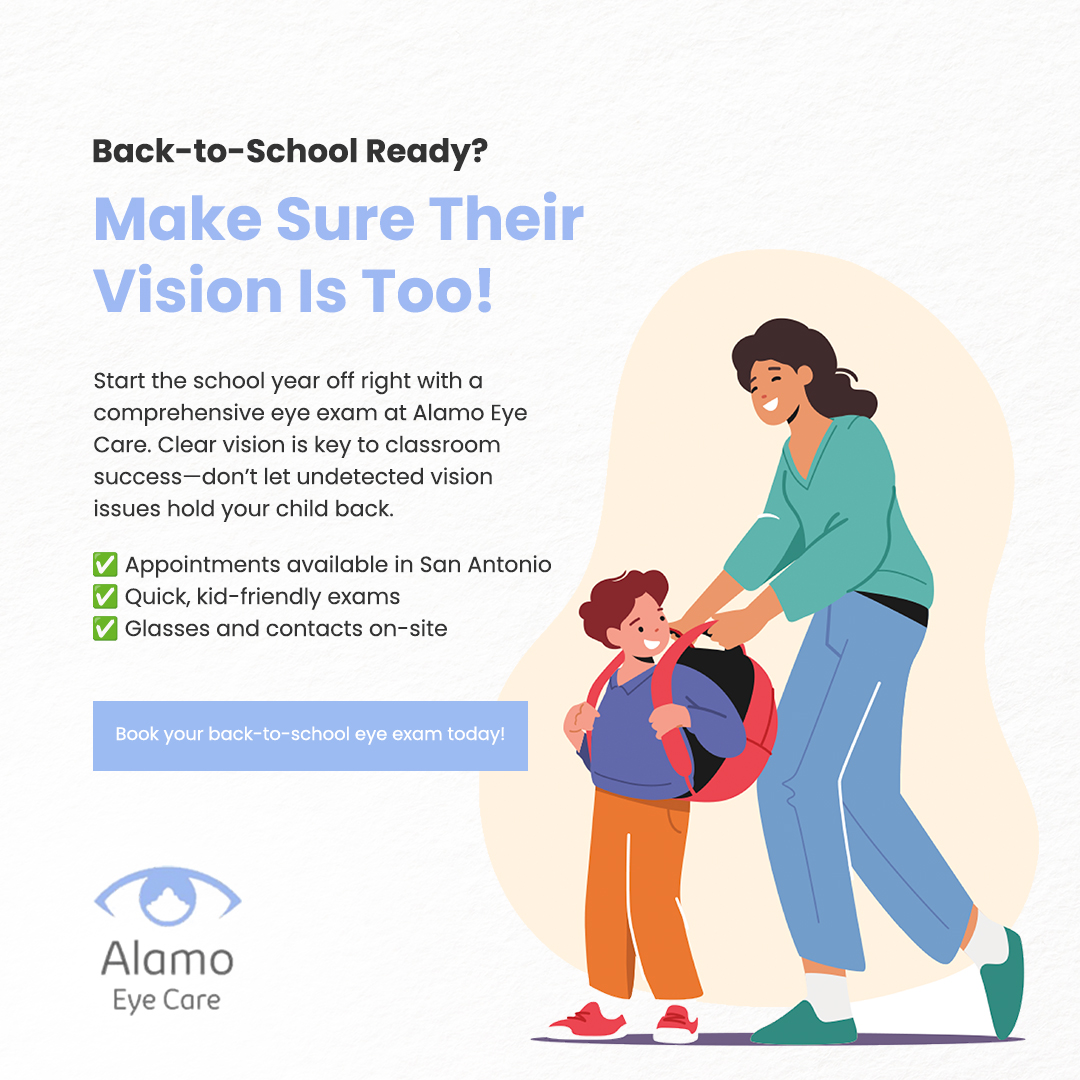
In the world of eye health, there are many conditions that can impact our daily lives. One such condition is Binocular Vision Dysfunction, commonly referred to as BVD. BVD is a condition where the two eyes have trouble working together as a team, causing a variety of issues for the affected individual. Understanding BVD is the first step towards seeking appropriate treatment and alleviating these symptoms.
What is BVD?
Binocular Vision Dysfunction is a condition where the line of sight from one eye is not aligned with the line of sight from the other eye. This misalignment, although typically small, can cause significant problems. The misalignment forces the eye muscles to constantly correct the position of the eyes in order to achieve single, clear vision.
Causes of BVD
There are several causes of BVD. Some people are born with the condition, while others may develop it as a result of an injury or other medical condition. Often, the cause of BVD is not known.
In some cases, BVD can be a result of a traumatic brain injury or concussion. The trauma can cause the brain's vision center to become damaged, leading to difficulties with eye teaming and alignment.
Other times, BVD can be caused by certain neurological conditions, such as stroke or multiple sclerosis. These conditions can affect the nerves that control the eye muscles, resulting in binocular vision dysfunction.
Signs and Symptoms
If you're experiencing any of the following symptoms, it's important to make an appointment with an optometrist for a comprehensive eye examination. These may include headaches, dizziness, nausea, anxiety, difficulty reading, sensitivity to light, and problems with balance or coordination.
BVD can also cause difficulties with concentration, often leading to problems at school or work. This is because it takes a lot of effort for the eyes to maintain alignment and focus, leaving less energy for other cognitive tasks.
Another common sign of BVD is a tendency to close or cover one eye, especially when doing close work or in bright light. This is a way for the brain to eliminate the double vision caused by the misalignment of the eyes.
The Diagnosis Process of BVD
Diagnosing BVD begins with a comprehensive eye examination and a thorough patient history. It's important for patients to share any symptoms they're experiencing, as well as any relevant medical history.
During the exam, the optometrist will evaluate how well the eyes work together, and will measure the alignment of the eyes. This often involves a series of tests to assess the patient's binocular vision.
There are a number of tests that an optometrist may use to diagnose BVD. These may include tests to measure eye alignment, eye teaming, and eye movement, as well as tests to assess visual acuity and depth perception.
A common test for BVD is the cover test. During this test, the optometrist will cover one eye, then the other, while the patient focuses on a distant object. This allows the optometrist to see if the uncovered eye moves to pick up the fixation, which would indicate a misalignment.
Other tests for BVD may include the use of prisms, lenses that bend light and can alter the perceived position of objects. By using prisms, optometrists can measure the degree of misalignment and determine the best course of treatment.
The Role of an Optometrist in Diagnosing BVD
The optometrist plays a crucial role in diagnosing BVD. They have the necessary training and equipment to perform the specialized tests required to detect and assess the condition.
An optometrist is also key in managing the condition. Treatment typically involves the use of specialized glasses that correct the misalignment, allowing the eyes to work together more effectively.
The optometrist will also monitor the patient's progress and make adjustments to the treatment plan as necessary. It's important for patients to maintain regular follow-up appointments to ensure the treatment is working and to address any new or ongoing symptoms.
Conclusion
Binocular Vision Dysfunction is a complex condition that can significantly impact an individual's quality of life. However, with the right diagnosis and treatment, many of the symptoms can be managed effectively.
If you're experiencing any symptoms associated with BVD, schedule an eye exam with our optometrist at Alamo Eye Care in our San Antonio or Austin, Texas, office. Call or text (210) 403-9050 to book an appointment today.








